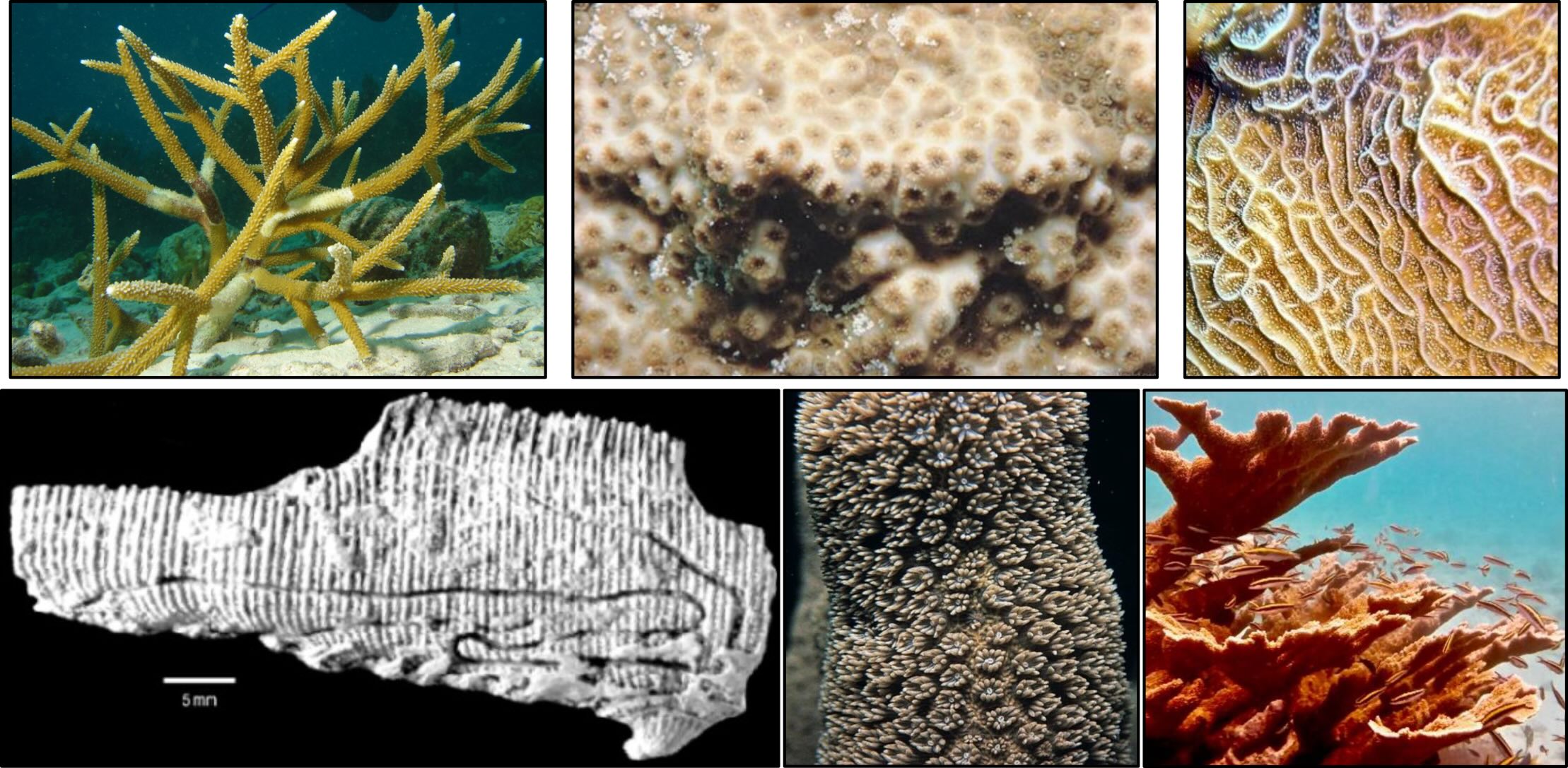Isla Colon Fm
Type Locality and Naming
Type Locality is at Bocas del Toro Basin (Colon & Bastimentos Islands) (Figure 042).
Type Locality for the La Gruta Member: On Colon Island (Figure 042), an extensive recrystallized reef and reef rubble deposit is exposed in the north central part of the island. Eastward from Hill Point it forms distinctive ridge running parallel to the north coast towards Mimitimimbi Creek. The limestone extends southward as far as La Gruta, a locally famous bat cave (Coates et al. (2005)).
Synonym:
Lithology and Thickness
The Ground Greek member is now part of the Isla Colon Fm; Klaus et al. (2012). Coates et al. (2005) states that it is an informal field name and that the process is on-going to have the name formalized. Klaus et al. (2012) uses the term in a formal maner.
On Colon Island, interbedded with and overlapping onto the La Gruta Member are back reef/reef flank deposits, dominantly shelly coral bearing bioclastic carbonate and volcaniclastic sandstone and siltstone. They are typically exposed in several stream courses in the northwest of Colon Island in a region known as Ground Creek (Figure 042). Near Ground Creek, the unit has yielded 90 genera of bivalves and gastropods in siliciclastic mudstone and fine sandstone, where they are intercalated with thin carbonate sand containing poritid thickets and other reef patches with platy Caulastraea portoricensis, Porites baracoaensis, Agaricia, ?Cladocora, small domed ?Favia, Manicina (Teleiophyllia) and serpulids. Also occasionally interbedded are horizons of reworked large coral heads (Coates et al. (2005)).
The Ground Creek Member also crops out on Bastimentos Island (Figure 042), where it is interbedded with and overlying the La Gruta Member on Wild Cane Key, and it may also crop out around the Valiente Fm outlier at the northern end of Long Beach and overlie the reefs at Fish Hole (Coates et al. (2005)).
Thickness: Unknown
As for the La Gruta Member, On Bastimentos Island (Figure 042), similar reef deposits appear to sit directly on the Miocene basalt of the Valiente Fm where they are well exposed on Wild Cane Key and along the coast for 2 kms to the east. A particularly well preserved example of the La Gruta reef, packed with large and diverse coral colonies is exposed at the base of the cliffs in three small bays at Fish Hole, at the southern end of Long Beach (Coates et al. (2005)).
On Colon Island, around La Gruta, the limestone is a reef deposit with numerous large coral colonies but the limestone grades into forereef rubble northeastwards toward the mouth of Mimitimimbi Creek where it is well exposed on the coast. Both the reef and fore-reef deposits are heavily fractured to produce a rubbly rock unit when exposed. Earthquakes and uplift are likely responsible for this pervasive fracturing (Coates et al. (2005)). On Bastimentos Island (Figure 042), the reef limestone is extensively recrystallized but many coral colonies can be observed (Coates et al. (2005)).
Thickness: Not mentioned
Relationships and Distribution
Lower contact
Upper contact
Regional extent
GeoJSON
Fossils
As for the La Gruta Member, on Colon Island (Figure 042), twenty species of corals have been identified from the limestone near Hill Point, the most abundant being Caulastraea portoricensis, Stylophora granulata, Agaricia (= Undaria agaricites), Colpophyllia natans, Montastraea faveolata, and Mycetophyllia danaana. Exposure of similar limestone also occurs immediately to the North of Paunch, on the east coast of Colon Island, and on Carenero Cay (Figure 042). At Paunch, an entirely extant fauna of corals includes Colpophyllia natans, Diploria strigosa, Meandrina meandrites, Montastraea faveolata, and Agaricia (Undaria) agaricites (Coates et al. (2005)).
On Bastimentos Island (Figure 042), the most abundant species are Dichocoenia stokesi, Manicina (Teleiophyllia) geisteri, Montastraea faveolata, M. canalis, Placocyathus variabilis, Porites waylandi, P. macdonaldi, Antillia gregorii, Goniopora imperatoris, Agaricia (Undaria) crassa, and Stylophora granulata. Because >50% of this fauna is extinct, the La Gruta Member on Bastimentos appears to be older than that on Colon Island (Coates et al. (2005)).
[Figure 101. Modern day equivalents of the corals found in La Gruta and Ground Creek Members of Isla Colon Fm. Information from Klaus et al. (2012). Top (left to right) - Acropora cervicornis (Ground Creek Mbr), Solenastrea bournoni (La Gruta Mbr), Undaria agaricities (Ground Creek Mbr). Bottom (left to right) - Thysanus navicula (Ground Creek Mbr), Porites porites (Gr. Creek Mbr), Acropora palmata (La Gruta Mbr). www.wikipedia.org, www.coralsoftheworld.org, https://edis.ifas.ufl.edu/fa210, https://nmita.rsmas.miami.edu ]
Age
Depositional setting
Additional Information
References: Coates et al. (2005); Budd et al. (1999); Klaus et al. (2012); Budd et al. (2019);
 Location map Fig_042_Left.jpg)
